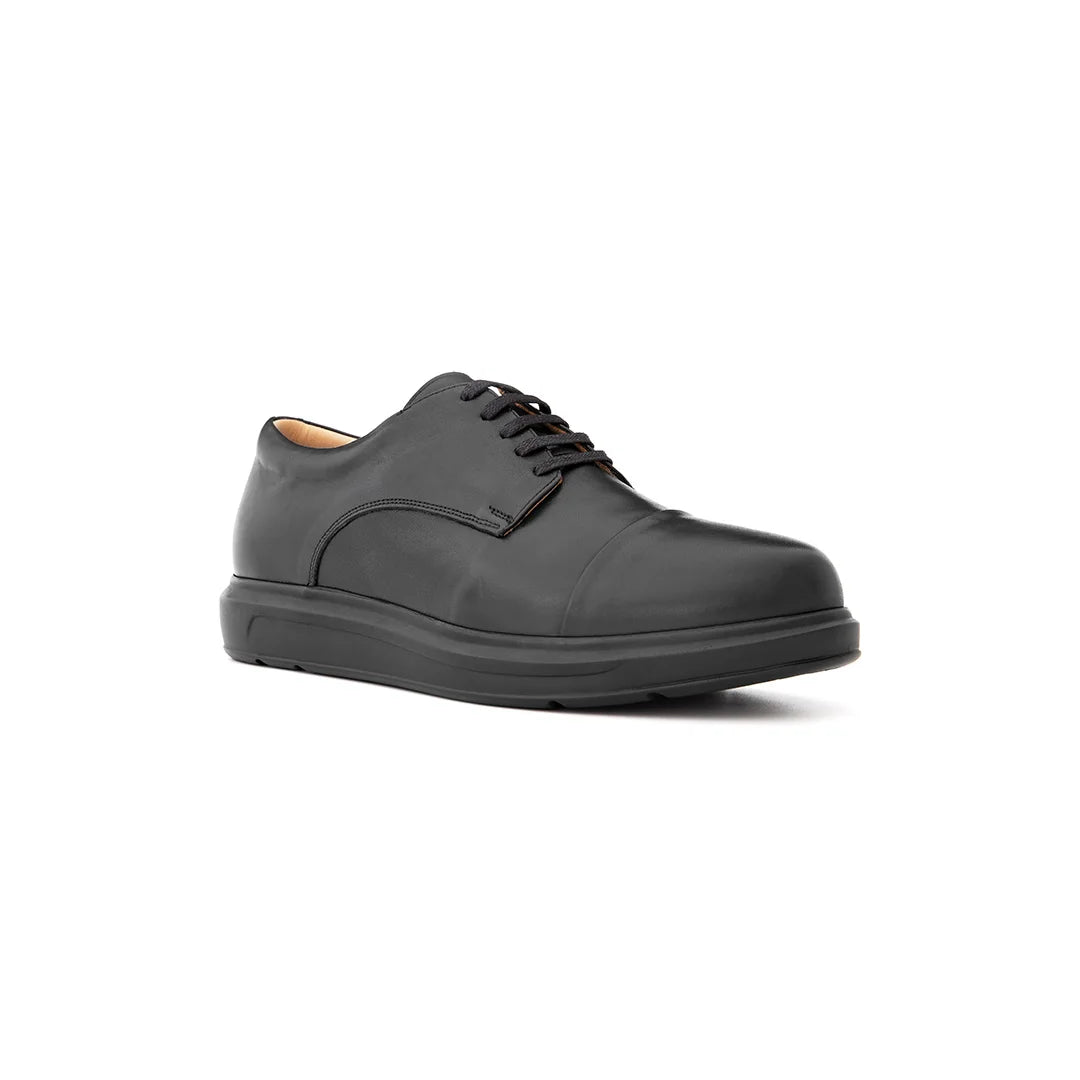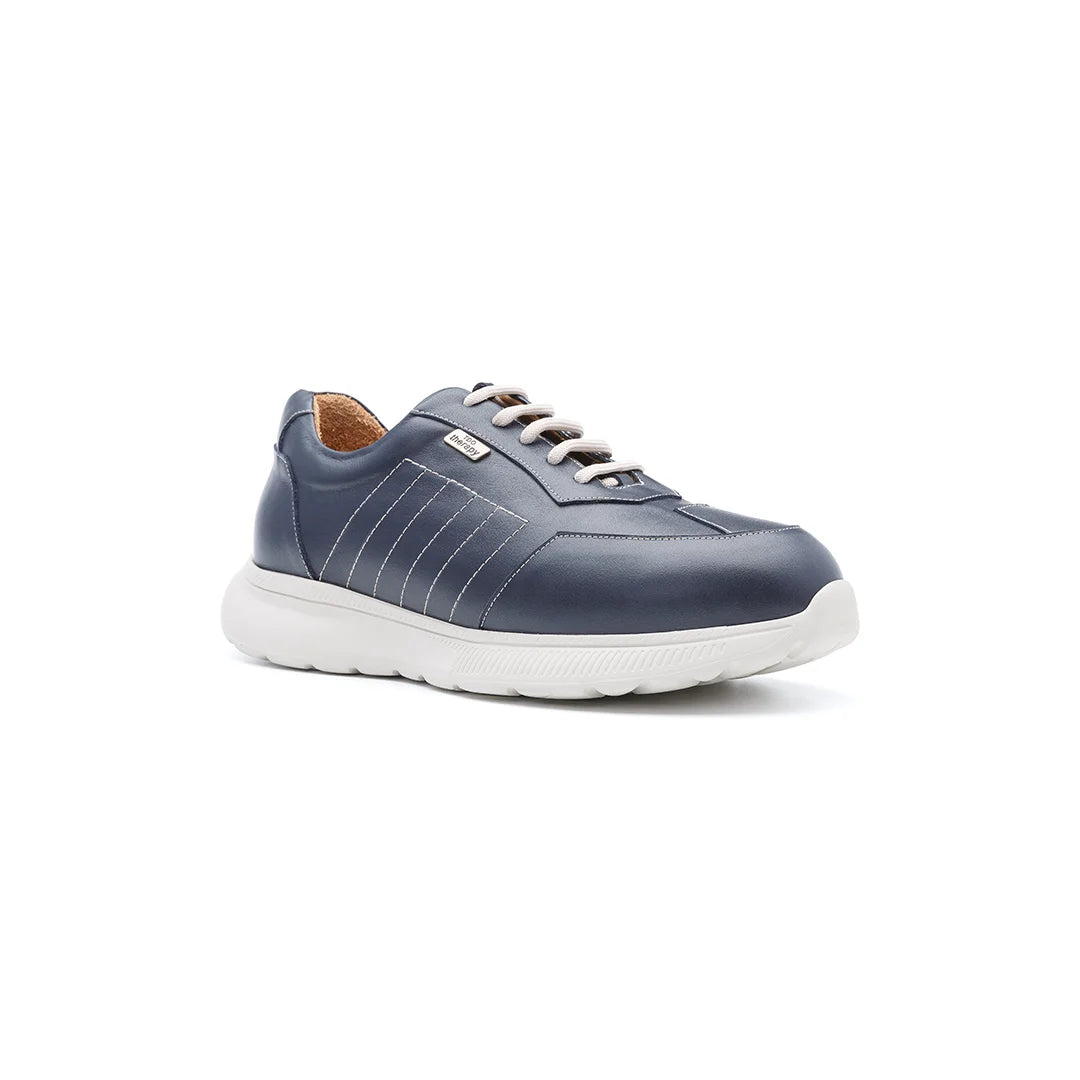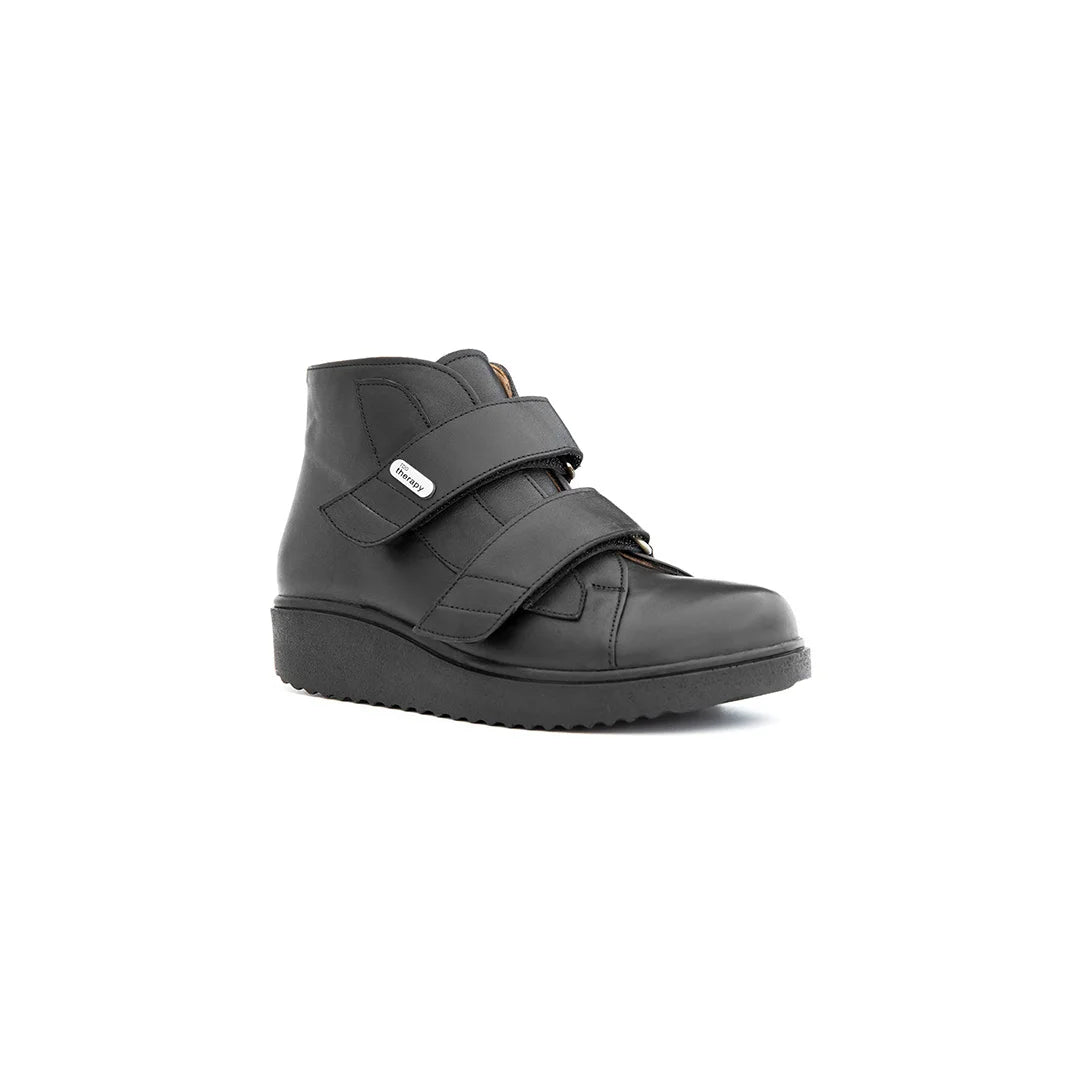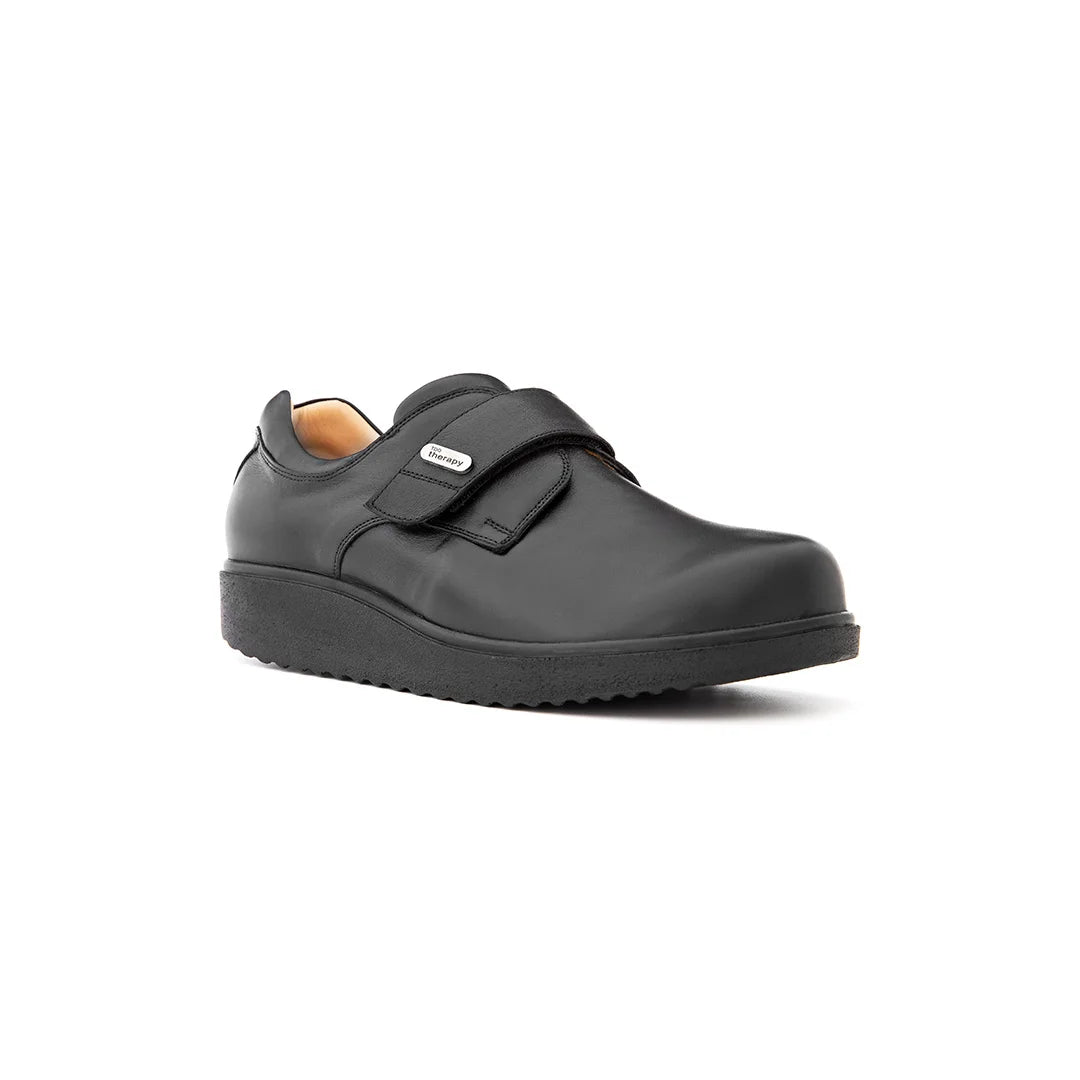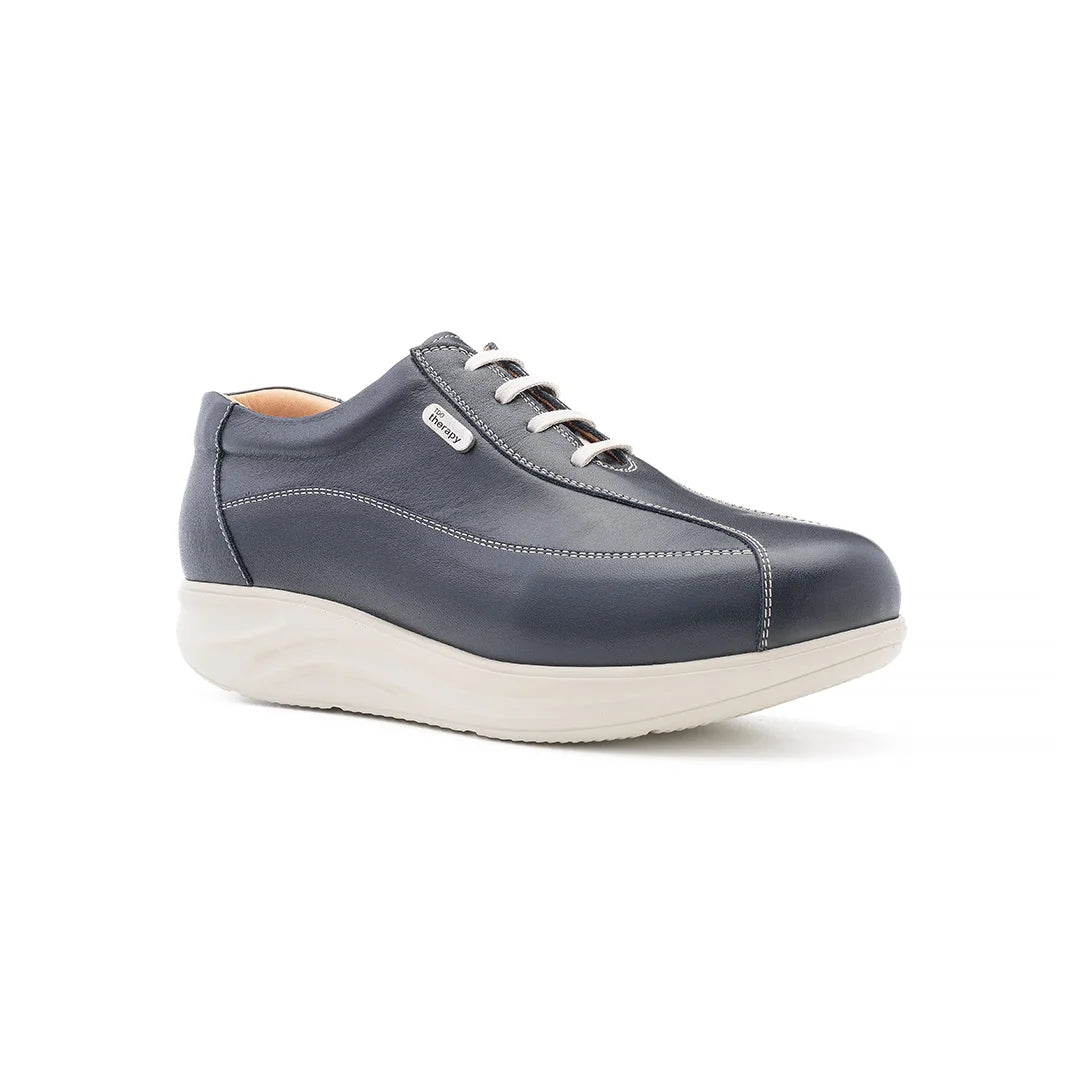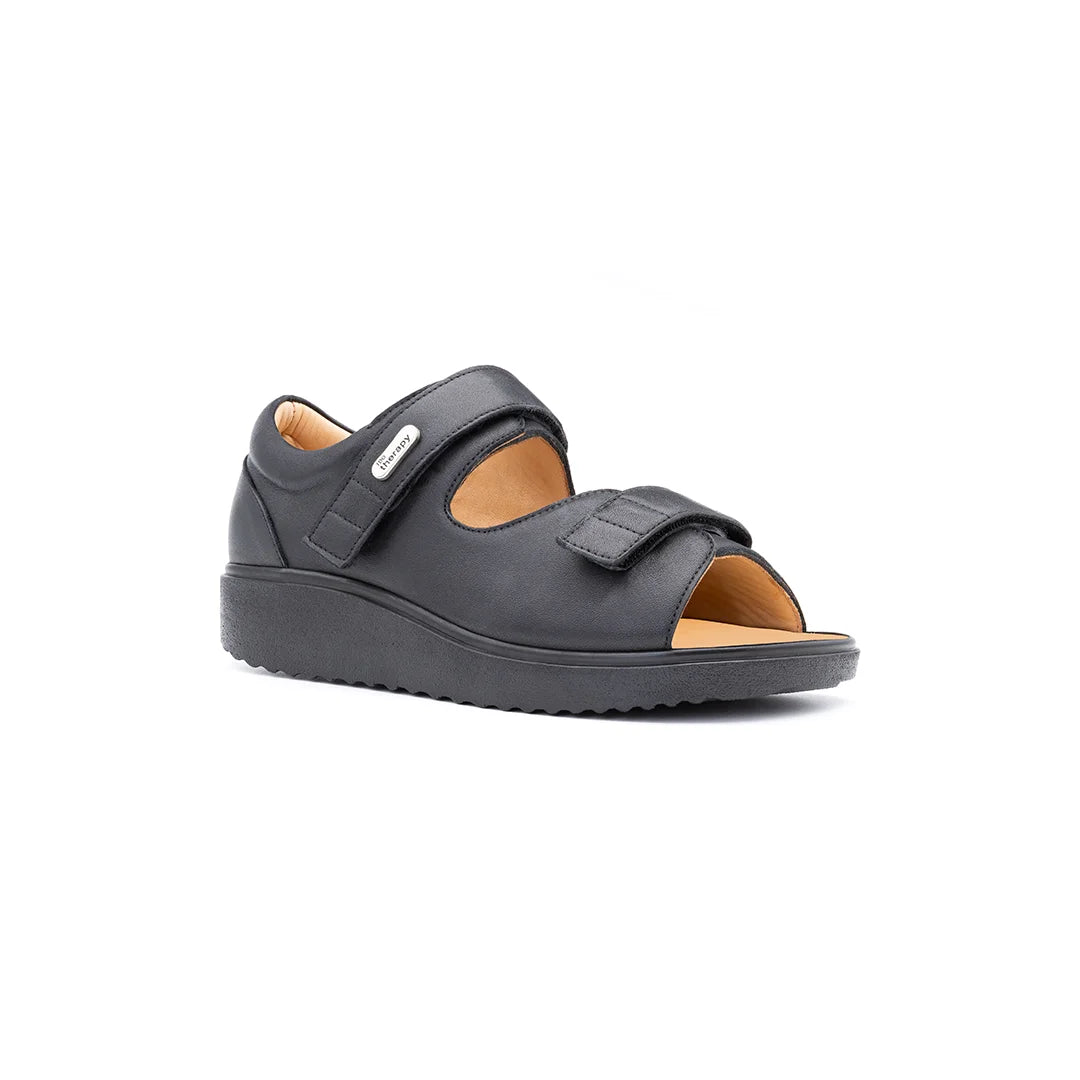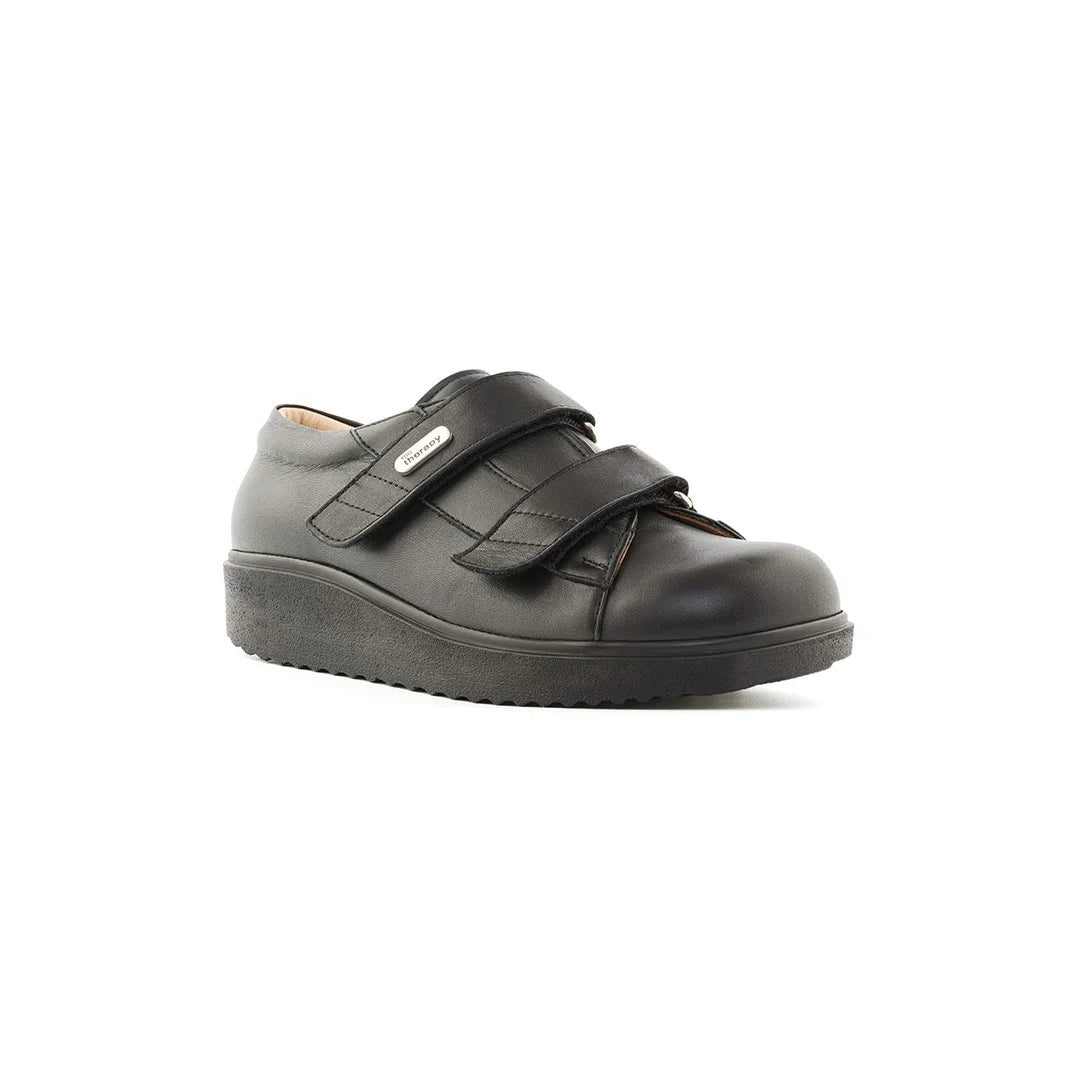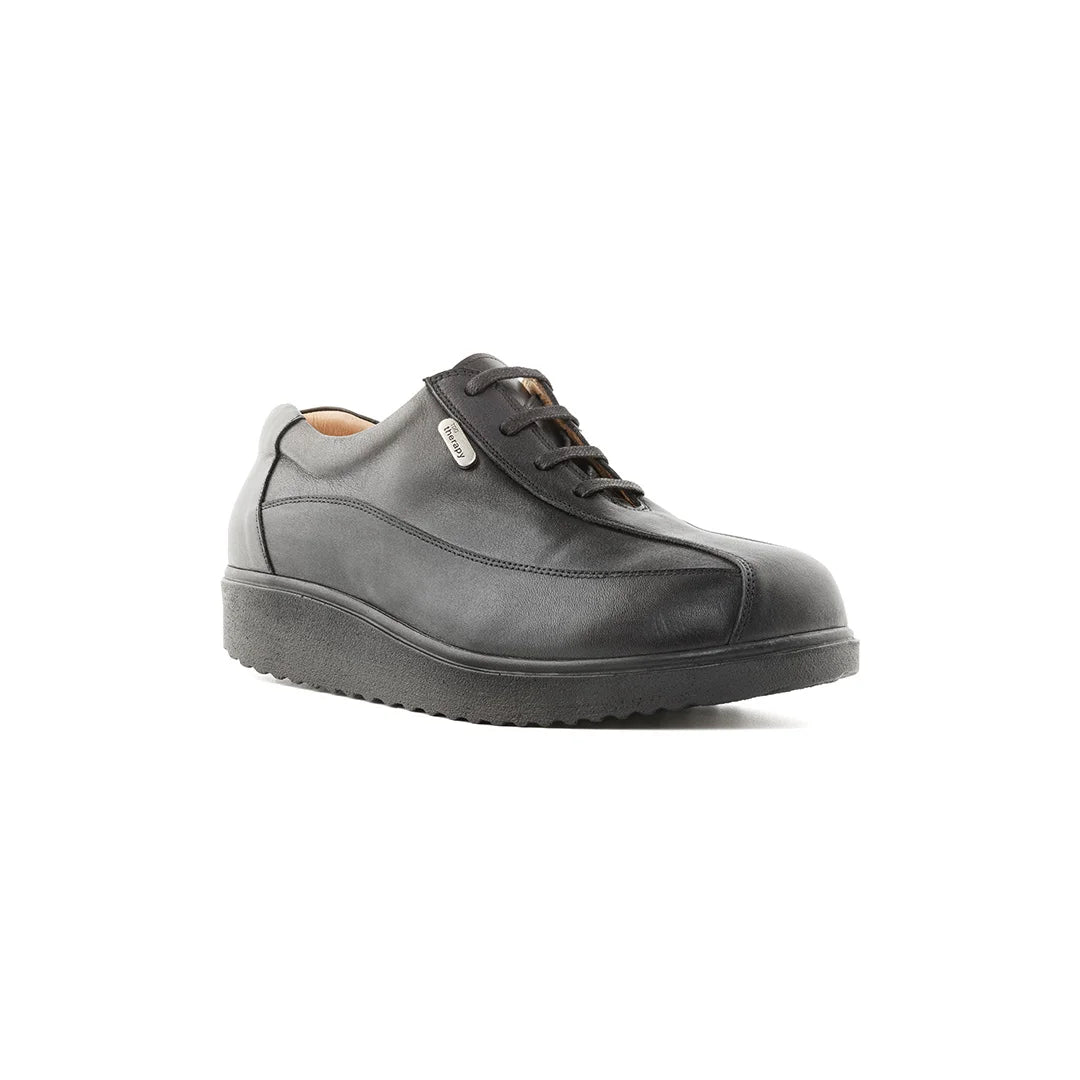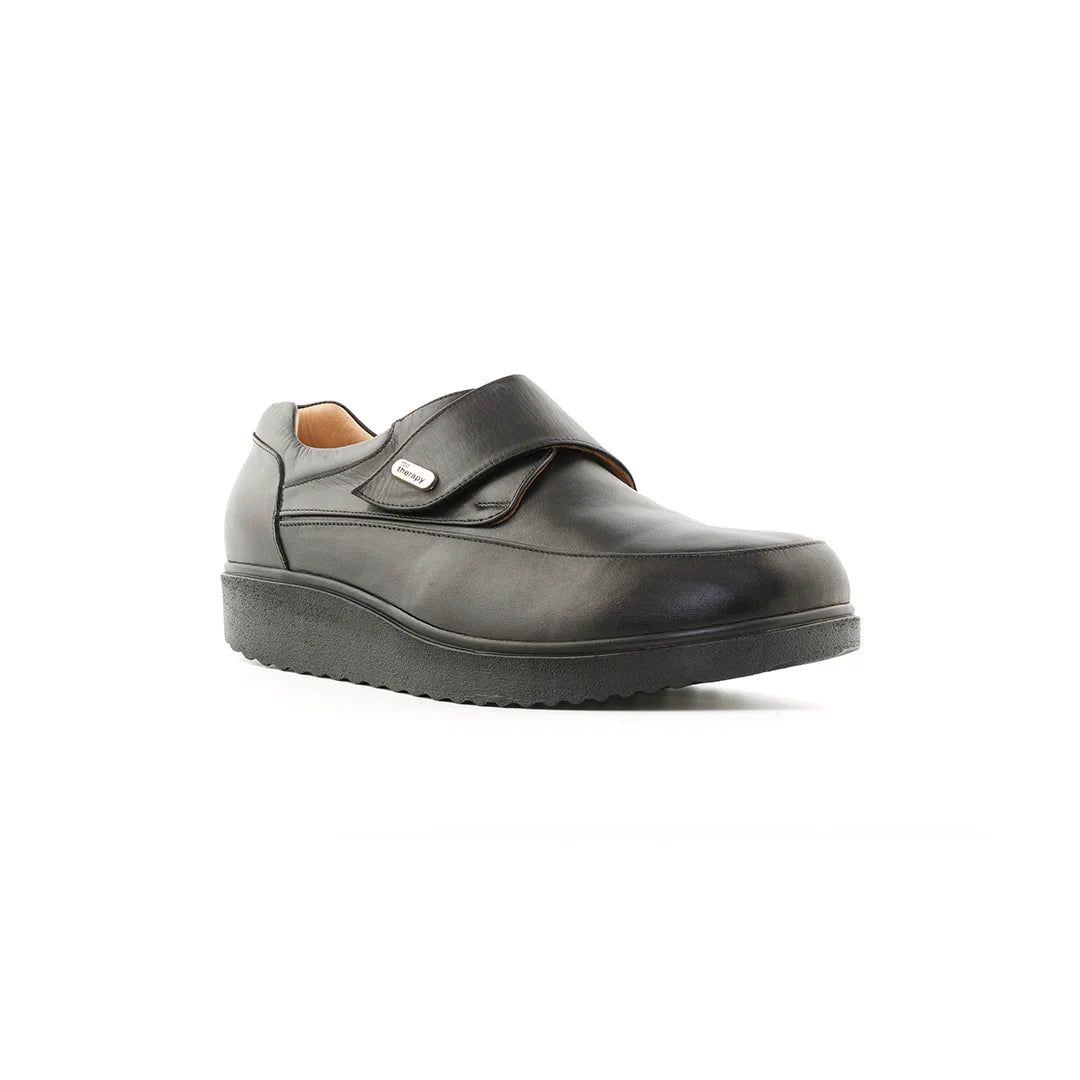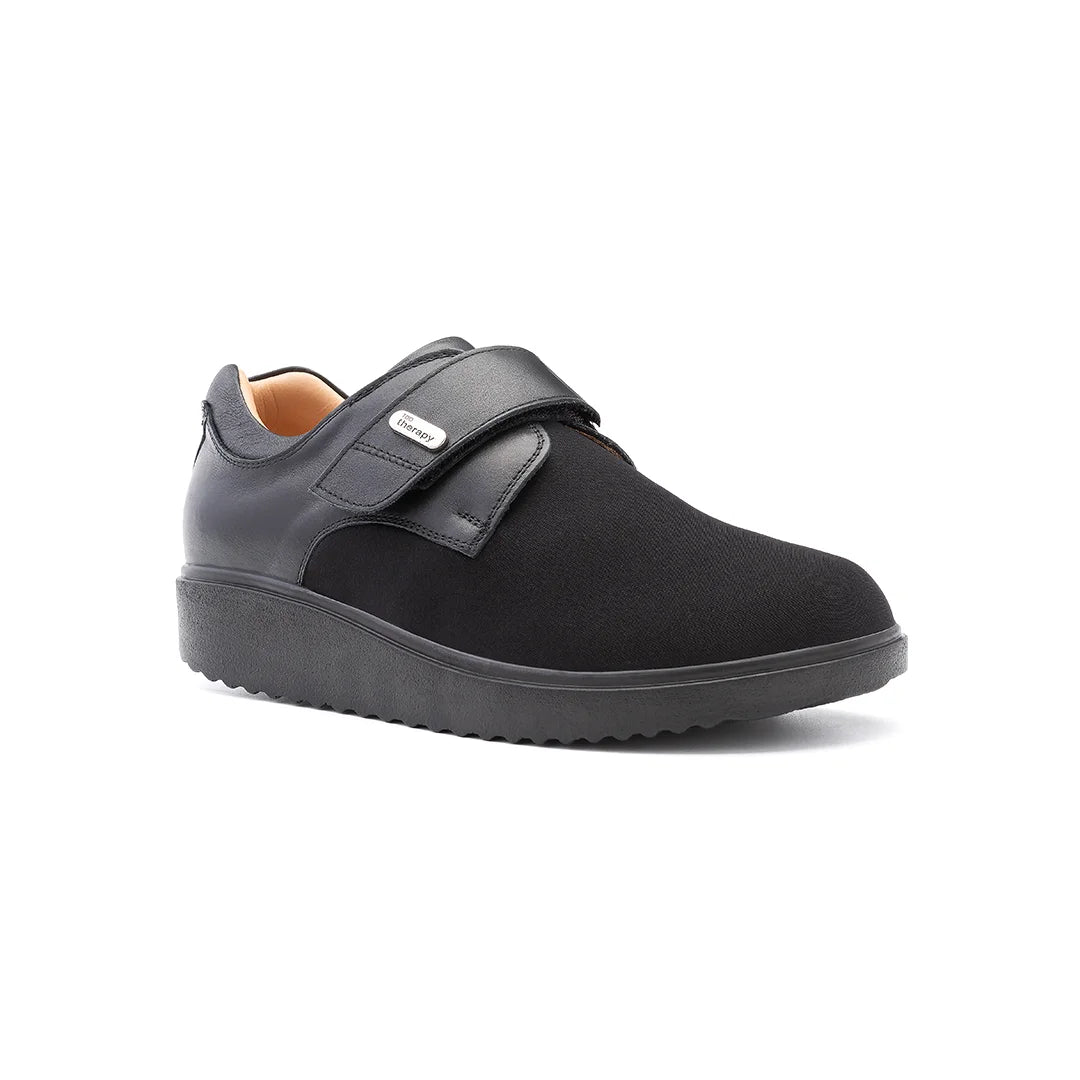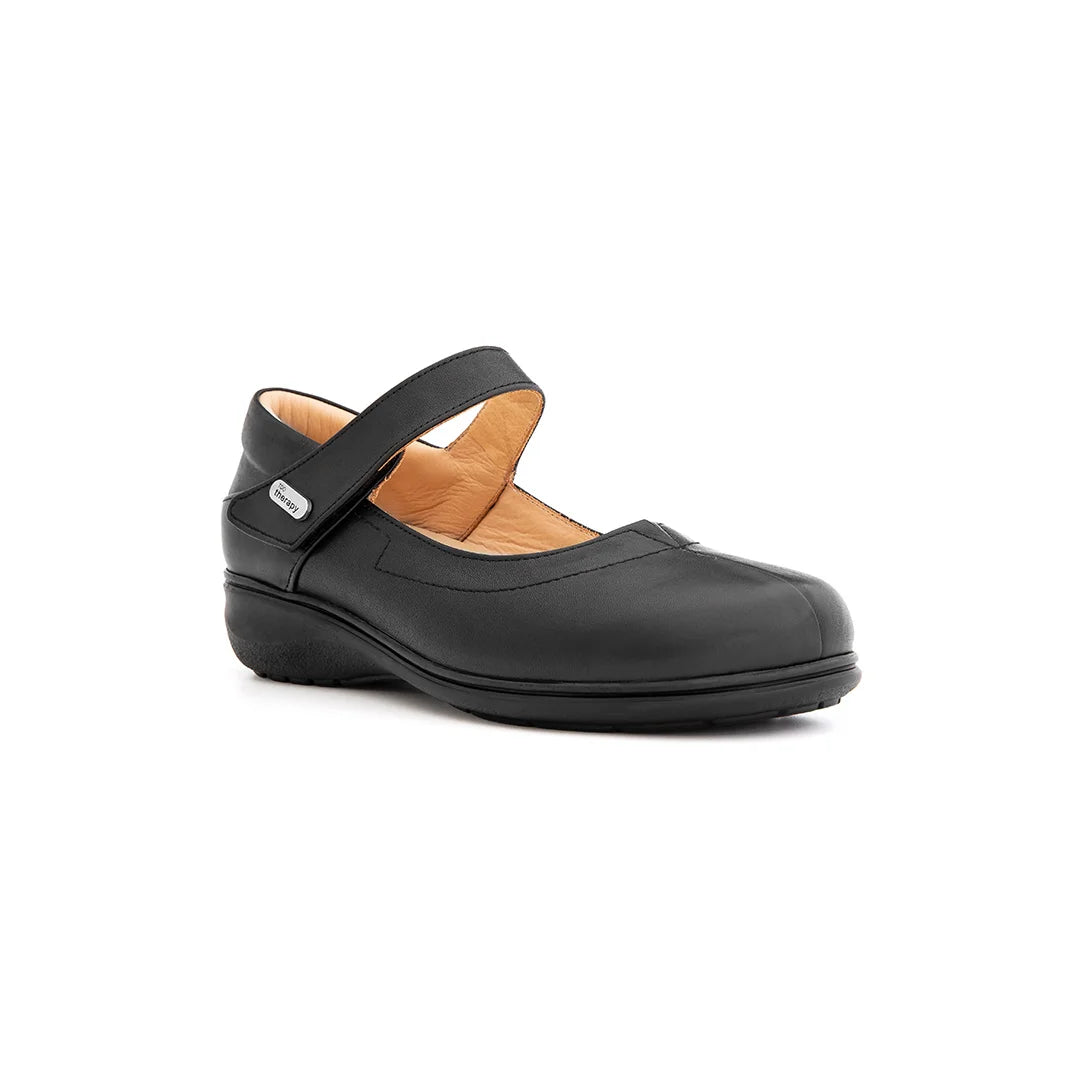Introduction
Pain in your knees, hips, or ankles might not always start where you think — often, it begins at your feet.
When your shoes don’t support you properly, even small misalignments affect how your joints move, leading to long-term discomfort.
Orthopedic shoes are designed to correct these imbalances. By supporting your arches, stabilising your heels, and cushioning every step, they help keep your joints in natural alignment — protecting your body from the ground up.
Key Takeaways
-
Proper footwear is essential for joint health and posture.
-
Orthopedic shoes absorb shock and reduce impact on knees, hips, and ankles.
-
Stable soles and arch support improve alignment and balance.
-
Investing early prevents long-term joint strain and pain.
How Poor Footwear Affects Your Joints
When your shoes lack support or have uneven soles, your feet roll inward (overpronation) or outward (supination). This small imbalance transfers upward, changing how your knees and hips move.
Over time, this causes:
-
Knee pain or early osteoarthritis
-
Hip discomfort from uneven pressure
-
Ankle instability and frequent twisting
-
Lower back pain from poor posture
How Orthopedic Shoes Protect Your Joints
1. Arch Support for Proper Alignment
Orthopedic shoes stabilise your arches, keeping your feet aligned and your knees properly positioned. This reduces the inward “collapse” that strains joints.
2. Shock Absorption for Impact Protection
Every step you take sends force through your joints. Orthopedic soles with cushioned midsoles and rocker designs absorb that energy before it reaches your knees or hips.
3. Firm Heel Counters for Stability
A stable heel keeps your ankle from rolling, reducing the risk of sprains or overuse injuries. This also keeps your knees and hips aligned during movement.
4. Balanced Weight Distribution
Orthopedic shoes spread your body weight evenly, preventing pressure from concentrating on one joint. This is key for those with arthritis or uneven gait.
5. Rocker Bottom Soles for Smooth Motion
Rocker soles guide the foot naturally from heel to toe, minimising strain on the ankle and reducing stress on the knee joint during walking.

The Benefits Beyond Pain Relief
Better Posture
With balanced support, your body stands straighter, improving spinal alignment and reducing back tension.
Longer Walking Endurance
Reduced joint stress means you can walk farther without fatigue.
Improved Balance
Stable soles and deeper heels provide security and confidence — especially for older adults.
Everyday Scenarios
Daily Walks
Orthopedic trainers protect your knees and ankles from repetitive impact.
Workdays on Your Feet
If you stand for hours, orthopedic shoes keep your joints stable and comfortable.
Recovery & Rehabilitation
Ideal for post-surgery or joint therapy, offering gentle support without stiffness.
Choosing the Right Pair
| Feature | Why It Helps |
|---|---|
| Arch support | Maintains alignment from foot to hip |
| Cushioned sole | Reduces joint impact |
| Firm heel counter | Stabilises ankle movement |
| Rocker sole | Encourages natural gait |
| Lightweight design | Prevents muscle fatigue |
How TDO Therapy Enhances Joint Protection
TDO Therapy shoes are handcrafted with medical-grade construction, combining:
-
Natural calf leather for flexibility and breathability,
-
Memory-foam cushioning that adapts to each step,
-
Reinforced soles for posture and shock absorption.
This triple-layer protection system safeguards not just your feet — but your knees, hips, and ankles as well.
FAQs
Q: Can orthopedic shoes help knee or hip arthritis?
Yes — by improving alignment and reducing impact, they relieve joint pain and slow wear over time.
Q: Do orthopedic shoes feel different from normal trainers?
They may feel more structured initially, but that structure is what keeps your joints aligned and supported.
Q: Are rocker soles good for joint pain?
Yes, they reduce forward flexing and stress on the knee, making walking smoother.
Q: Can I wear orthopedic shoes every day?
Absolutely. Daily use provides consistent support and long-term joint protection.
Final Thoughts
Healthy joints begin with supported feet. Orthopedic shoes provide the stability, cushioning, and alignment your body needs to move freely and without pain.
By protecting your knees, hips, and ankles from unnecessary stress, they help you stay active, balanced, and comfortable — step after step.
Because when your feet move right, your whole body feels right.




